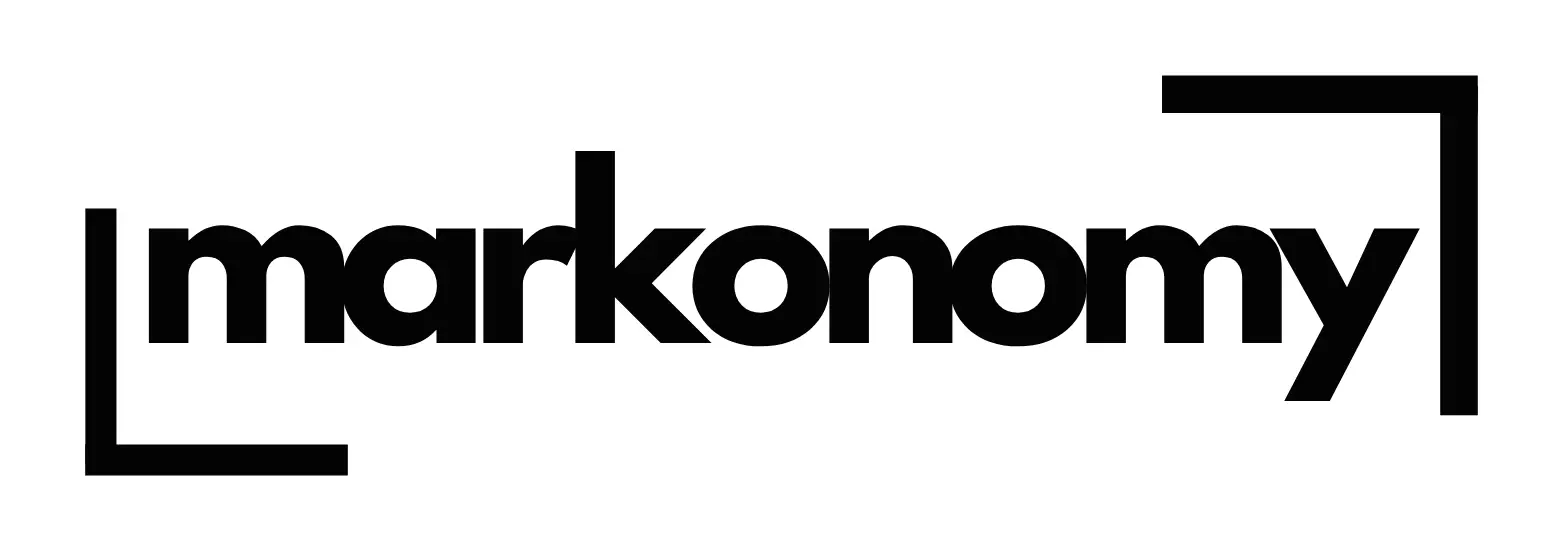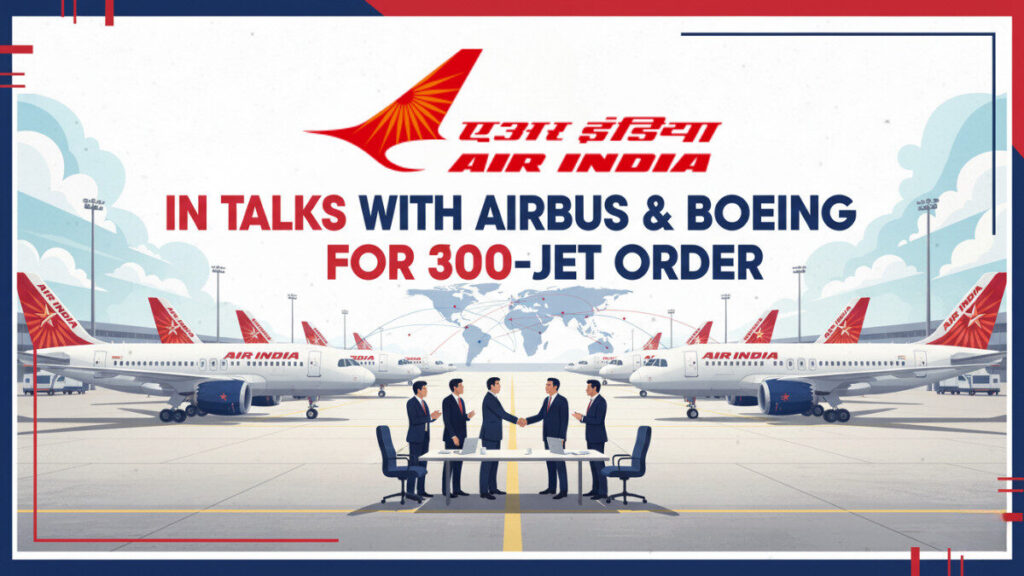Air India, now owned by the Tata Group, is in advanced talks with aircraft giants Airbus and Boeing to place a massive order for around 300 new planes.
The deal could include a mix of narrow-body jets for domestic and short international routes and wide-body aircraft for long-haul flights. This move marks one of the biggest aircraft purchases in aviation history and reflects Air India’s ambition to become a major global airline.
What’s in the Talks
- Air India is reportedly considering around 200 narrow-body jets and 80–100 wide-body jets.
- The final number of aircraft and how they’ll be split between Airbus and Boeing are still being negotiated.
- The order could include both firm deals and options that allow flexibility in future purchases.
Why This Deal Matters
- Fleet Modernization
Air India plans to replace its older aircraft with new, fuel-efficient models to improve performance and passenger comfort. - Global Expansion
With more wide-body jets, Air India can expand its international network and compete more effectively with global carriers. - Boost for Indian Aviation
A deal of this size will strengthen India’s position as one of the fastest-growing aviation markets in the world.
Challenges Ahead
- Delivery Delays: Global supply chain issues could slow aircraft deliveries.
- Financing Pressure: Buying hundreds of planes will require billions of dollars in investment.
- Model Selection: The airline must choose between Airbus A320/A350 models and Boeing 737/787 or 777 variants.
What Happens Next
Both Airbus and Boeing are expected to submit their final proposals soon. Air India will decide based on pricing, maintenance support, and delivery timelines. The deal, once confirmed, will shape the airline’s growth strategy for the next decade.
Summary Table
| Aspect | Details |
|---|---|
| Total Aircraft Under Discussion | Around 300 jets |
| Narrow-Body Jets | About 200 (for domestic and regional routes) |
| Wide-Body Jets | About 80–100 (for long-haul routes) |
| Order Type | A combination of firm orders and purchase options |
| Aircraft Manufacturers | Airbus and Boeing |
| Purpose of Purchase | Fleet modernization, expansion, and fuel efficiency |
| Key Challenges | Production delays, financing, global supply issues |
| Expected Impact | Stronger international presence and improved passenger service |










